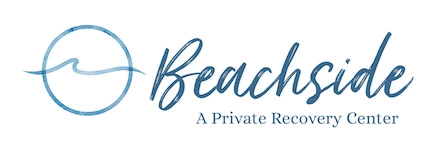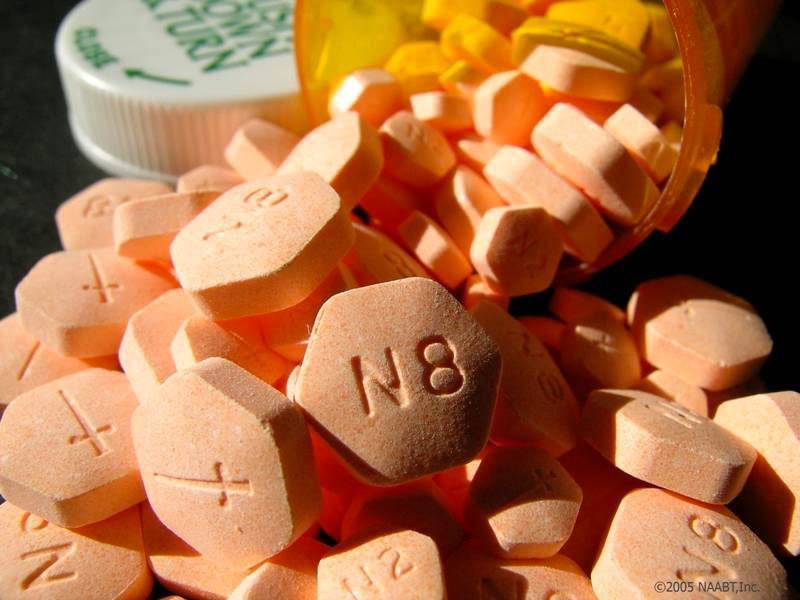For incredibly addictive drugs like opioids and painkillers, it is sometimes necessary for the patient to undergo medication-assisted treatment or maintenance treatment in order for them to break their dependence. Unfortunately, the drugs that are prescribed as substitutes can often be as dangerous and addictive as the initial substance they were abusing. In this post, we’ll discuss drug treatment options for Buprenorphine addiction.
What is Buprenorphine?
Buprenorphine is used to treat opioid addiction. It was first approved for medical use by the FDA in 2002. Unlike methadone treatment that requires the patient to receive their doses in a highly structured clinic setting, buprenorphine treatment can be offered in a correctional or rehab facility, community hospital, or office. In some instances, it can also be prescribed by a physician and be self-administered at home. This makes it more accessible to opioid addicts who are not willing to check into inpatient treatment. It is also supposed to have a lower risk of overdose, misuse, and physical dependency.
Why is it Addictive?
Unfortunately, much like methadone, buprenorphine does have a potential for abuse because it is a semi-synthetic opioid that acts on the same neurotransmitters that respond to ‘natural’ opioids. While it is typically used in the aforementioned settings, some people do use buprenorphine recreationally.
When used properly under medical supervision, buprenorphine is often paired with naloxone in order to decrease the likelihood of abuse. Naloxone blocks the opioid neurotransmitters in the brain, preventing the euphoric high and withdrawal symptoms associated with natural and synthetic opioids, thus making buprenorphine safer and less addictive to use. However, if these drugs are not administered properly, there is still a risk of the patient developing addiction or accidentally overdosing. In fact, crushing and injecting the pills instead of ingesting them orally can have severe side effects.
The Effects of Buprenorphine Addiction
When taken properly, buprenorphine should not be addictive. However, if you are concerned that a loved one has developed a buprenorphine addiction, look out for the following signs:
- Track marks from injecting the drug
- Preoccupation with obtaining or taking the drug
- Dizziness and lightheadedness
- Constipation
- Headaches
- Irregular breathing and heartbeat
- Stomach and abdominal pain
- Hallucinations
- Rare chance of liver disease, evidenced by dark urination, yellow eyes or skin, and persistent nausea, vomiting, or stomach pain
Withdrawal Symptoms
Buprenorphine withdrawal can last for up to a few weeks after the patient’s last dose of the drug. Withdrawal symptoms will subside and improve over time, but can still be uncomfortable and dangerous. Withdrawal symptoms include:
- Diarrhea
- Excessive perspiration
- Watery eyes and dilated pupils
- Restlessness
- Aches and pains, especially in the joints and abdomen
- Insomnia
- Mood swings, depression, and anxiety
If you are planning to detox from buprenorphine, always consult your doctor first and detoxify under medical supervision.
High-Risk Groups
Again, like methadone, the highest risk group for buprenorphine abuse is intravenous drug users who are seeking treatment for their previous opioid addiction.
Buprenorphine Treatment Options
As with any substance abuse problem, treating buprenorphine addiction requires a number of different treatment practices used in conjunction with each other. Individual therapies, group therapy, and other holistic treatments improve a patient’s chances of recovery. Patients can also ‘taper off’ their use of buprenorphine, slowly reducing the amount taken to the point where they can stop using it without facing serious withdrawal symptoms.
If you are watching a loved one struggle with drug addiction, or you notice abuse and dependency symptoms in yourself, there is a way out. For more information about buprenorphine addiction and treatment, contact Beachside Rehab today.

